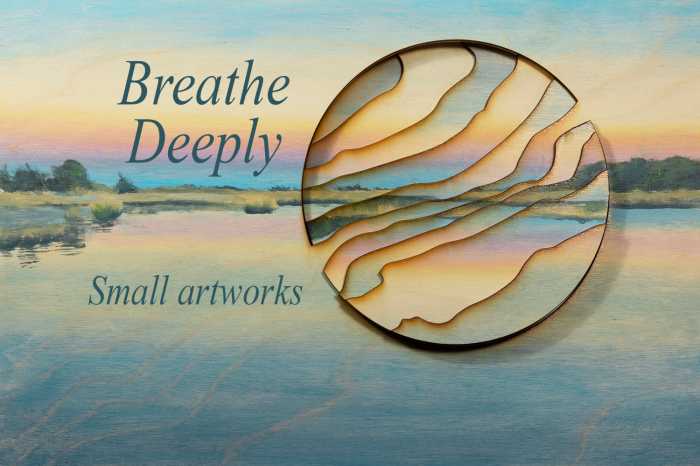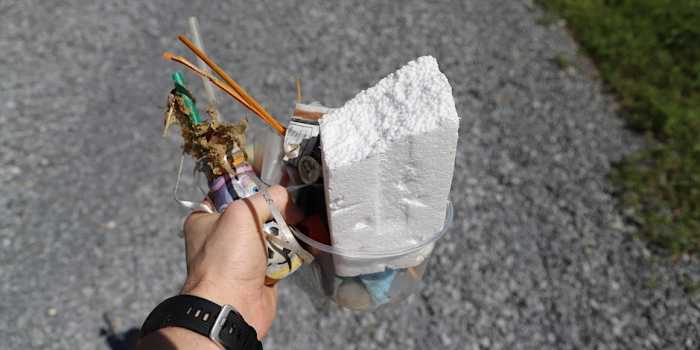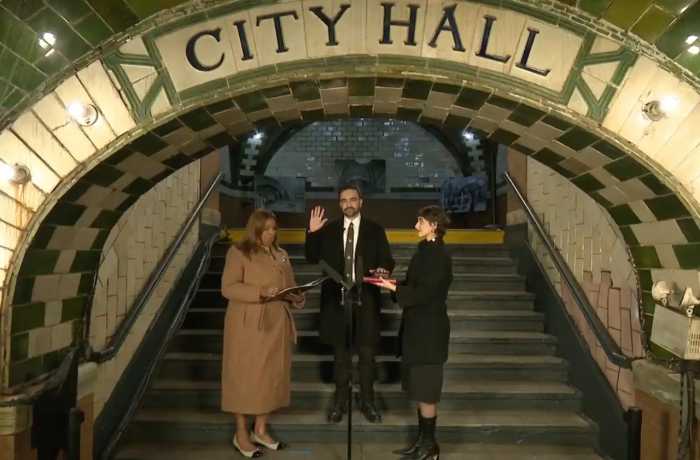A Sense of Place Enhances Birding
Sometimes birding is memorable not just because of the birds but also because of the place where they were seen. The two can be inseparable in enhancing the experience of birding. Last winter in Florida that happened at three favorite birding haunts.
Whitney Beach
Early in February temperatures are averaging 15-20 degrees below their usual 70s. In the late afternoon I’m walking Whitney Beach on Longboat Key. A man is wearing fleece and a large watch cap. Is this Maine or Florida?
The lowering sun casts hard shadows on the sands, illuminating two turkey vultures. The place emanates mood. It’s a scene made for the movies. One vulture flies off while the other slowly approaches a dead shorebird on the rock hard sand. The back of the turkey vulture’s neck has a black area that seems to be the texture of velvet. It looks as if the vulture is wearing a scarf. Its small red face with the indented eyes and tiny ivory colored, curved bill resembles a Northwest Coast Indian ceremonial mask.
The bulky vulture gingerly approaches the carrion. Bending down toward it the big black bird takes a few steps back. Still looking at the dead bird the vulture moves one foot, suggesting that it is nervous. Again the bird approaches bending down and this time quickly jumps back, looking frightened. Perhaps the odor is overpowering for the vulture, whose olfactory sense is strong. I’m squeamish about dead birds and smile inwardly. Who’d ever guess that a turkey vulture might also be the same?
Durante Park
It’s late morning in the quiet backwaters of Durante Park, a 32-acre coastal wetland on Longboat Key. I’m approaching one of two small, white wooden footbridges, on which I always tread lightly to muffle the sound of my sneakers so as not to scare away nearby birds. The spot exudes tranquility. Down a narrow alleyway in the water, on a branch of a mangrove, an anhinga is drying itself in the sun. A belted kingfisher is also there. Suddenly a white egret flies in, displacing the smaller kingfisher.
I focus my binoculars on the anhinga, which I see infrequently. It’s a diving bird that sometimes takes fish under water. Nicknamed the “Water Turkey” the anhinga has a very long and supple neck while the pale bill opens and closes like an overly long pair of chopsticks. The tail is also very long. What is even more surprising is the bird’s color, which I thought was black with white on the wings. This one’s back and rump are a fuzzy textured brown and the wings, which are spread out drying, are a dark shiny gray with strips that appear to be the texture of plastic.
The anhinga turns its head around at a 180-degree angle. Its bill practically reaches its rump as it preens. Unreal. After 15 minutes the wings start to show long white lines as they dry. Some weeks later, checking a field guide and reference book, I find that my bird is probably an immature one, which appear mostly brown. I didn’t know that. My appreciation of anhingas has grown and a favorite spot has gotten better.
The Celery Fields
The Celery Fields in Sarasota are 300 acres of wetlands and ponds where celery was once grown. In late afternoon my wife and I, along with two friends, have come to see the sandhill cranes, which often fly in around dusk. Today however there will probably be none, as the place is undergoing massive renovation with earth-moving equipment. The temperature is comfortably in the 70s. There’s a delightful breeze and above is an expanse of South Florida sky with a huge cloud swirl that partly blocks the sun. The large algae covered ponds, tan grasses and areas of verdant green graced by the lowering sunlight create a sense of place that for me is the Celery Fields.
In one of the ponds are black grackles, heads down busy feeding. Female boat-tailed grackles, brown with a rusty breast, walk around with their heads up, and pointed bills held straight. Stately. A few perch on stalks of dried grass. The males fly to a nearby area of lush green vegetation in the pond and like magnetic black images set down to feed quickly. With no warning, the grackles all fly. Spread out in the sky they wing it fast like fighter planes heading home. Some sparrows, a few male red-winged blackbirds and some fast feeding white ibises remain. The magic however seems gone. Or so I think.
In a smaller pond is a large white bird, which appears to be a roseate spoonbill but seems too pale. This mystifies me, as roseate spoonbills have dark pink sides. However in the water its reflection shows that the bird’s sides are indeed the color of pink cotton candy. Is this one anemic? The spoon shaped bill seems a little worn on one side as the bird dips it into the water. Long pink legs continuously go in and out of the algae, moving the spoonbill away and into a corner of the pond covered with dense grass. Slowly it starts to disappear. To no avail I go around to the far side hoping to keep this bird in sight. My wife sees it lift off. We’ve never seen one here before and agree that the spoonbill, which is on Florida’s species of special concern list, alone was worth the drive.
The next day, looking in a field guide, I see that the pale spoonbill was probably an immature bird and not yet bright pink as it will be in a few years. My appreciation of the subtlety of spoonbills has just increased and the Celery Fields, which I didn’t think could be better, just got better because of that immature spoonbill.































